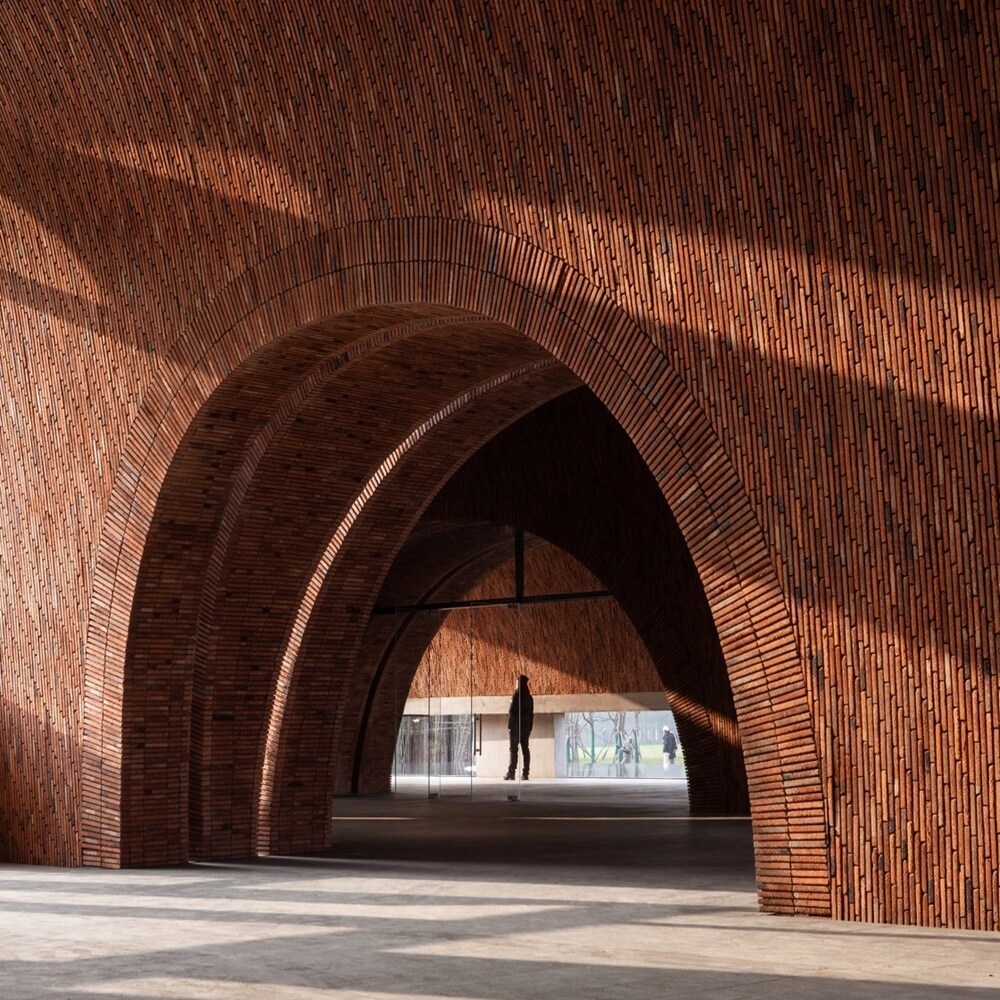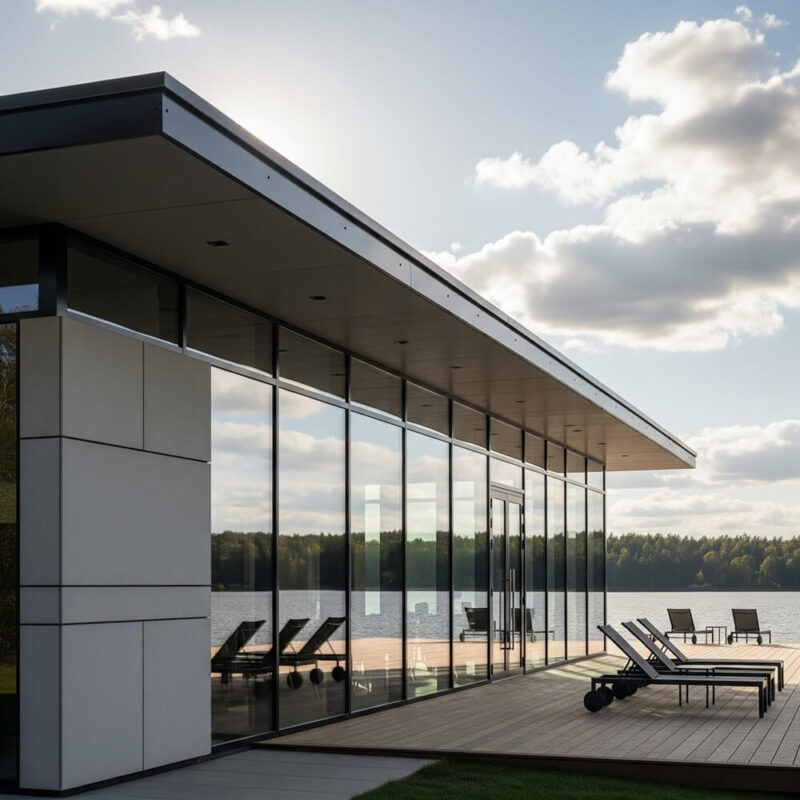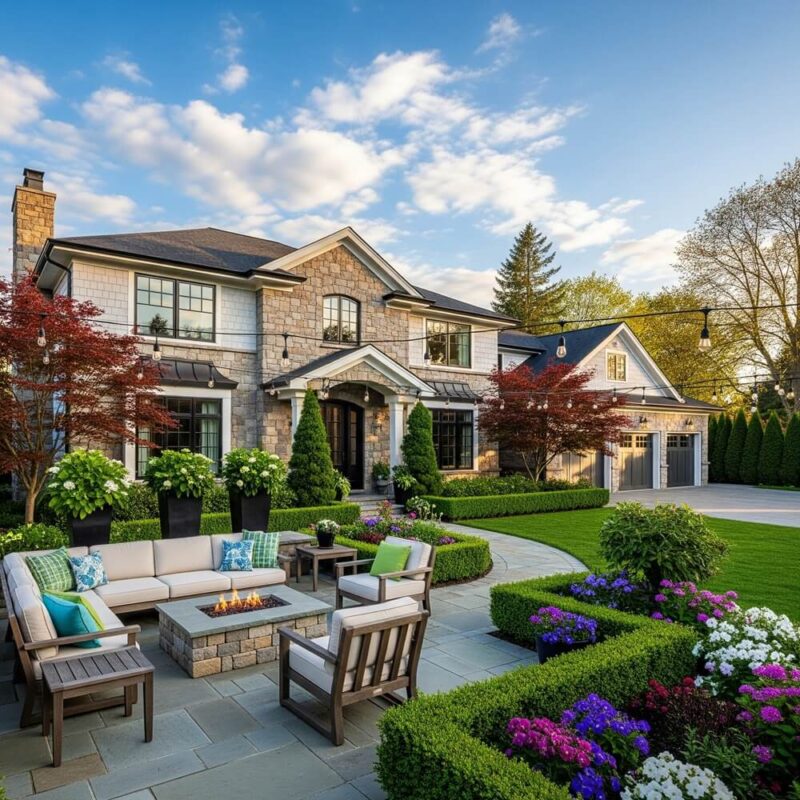The Resurgence of Craftsmanship and Local Materials in Modern Architecture

In an increasingly globalized and industrialized world, where construction often relies on mass-produced components and standardized practices, a quiet but profound counter-movement is gaining traction in the architectural realm: the resurgence of craftsmanship and the thoughtful re-incorporation of local materials. This is not a nostalgic retreat to the past, but a forward-thinking embrace of principles that offer both environmental sustainability and a deeper connection to place, enriching both exterior design and interior design through authentic textures and narratives.
For much of the 20th century, the pursuit of efficiency, cost-effectiveness, and international styles often led to the marginalization of traditional building methods and regionally specific materials. Buildings began to look remarkably similar regardless of their geographic location, losing a sense of regional identity. However, as awareness of carbon footprints, resource depletion, and the value of cultural heritage grows, architects are increasingly looking to the wisdom embedded in vernacular architecture – the indigenous building traditions that evolved over centuries in response to local climate, available resources, and cultural practices. This exploration is inspiring a new wave of future architects to rethink their approach to materiality and construction.
Sustainable Choices and Economic Benefits
The shift towards sustainable building practices is a primary driver behind this revival. Transporting materials across vast distances incurs significant carbon emissions. By utilizing local materials – stone quarried nearby, timber from regional forests, clay from local soil, or even recycled components from within the community – architects drastically reduce the embodied energy of a building. This commitment to proximity aligns seamlessly with the principles of a circular economy, where resources are kept in use for as long as possible, and waste is minimized. Such choices are not just environmentally responsible; they also support local economies, fostering skilled trades and reducing reliance on global supply chains.
The Inherent Value of Handmade Craftsmanship
Beyond the environmental imperative, there is a burgeoning appreciation for the intrinsic value of craftsmanship. The precise cutting of stone, the intricate joinery of timber, the careful layering of plaster, or the skilled weaving of natural fibers – these are not merely technical processes but acts of artistic creation. Buildings constructed with a high degree of craftsmanship possess a unique tactile quality, a richness that mass-produced components often lack. They tell a story of human labor, dedication, and skill, creating spaces that feel authentic, grounded, and deeply resonant. This emphasis on handmade details provides character and depth, elevating a structure from mere shelter to a work of art.
Blending Tradition with Innovation
This resurgence is not about blindly copying historical styles. Instead, future architects and designers are engaging in a process of reinterpretation and innovation. They are taking traditional techniques and applying them in contemporary contexts, often integrating them with modern technologies. For instance, digital fabrication tools might be used to precisely cut complex timber joints that are then assembled by hand, blending ancient wisdom with cutting-edge efficiency. Rammed earth walls, a centuries-old technique, are being combined with modern insulation and structural reinforcement to create highly energy-efficient and aesthetically striking facades. The beauty lies in this hybrid approach, where heritage informs innovation, giving rise to unique and bespoke design solutions. This approach influences both the overall exterior design and the intricate details of the interior design.
Architecture as an Expression of Regional Identity
The desire for a stronger connection to regional identity also fuels this movement. In an era of increasing homogenization, people seek places that feel distinct, rooted in their specific landscape and culture. Buildings constructed with local materials and traditional methods inherently carry the DNA of their place. A granite building in New England feels different from an adobe structure in the American Southwest or a timber-framed house in rural Japan. This material honesty and contextual sensitivity contribute to a stronger sense of belonging and cultural continuity. It reinforces the idea that architecture can be a powerful expression of identity, not just a universal shell.
Moreover, the longevity and inherent durability of many traditional techniques and materials, when properly employed through skilled craftsmanship, offer significant long-term value. A well-built stone wall or a carefully constructed timber frame can endure for centuries, reducing the need for frequent repairs or replacements. This contrasts sharply with the often shorter lifespans of some contemporary materials. Investing in quality craftsmanship and enduring materials is therefore an investment in the architectural heritage of the future, creating buildings that can be appreciated and used by generations to come.
In conclusion, the renewed focus on craftsmanship and local materials represents a profound shift in architectural thought and practice. It is an acknowledgment that buildings are more than just functional containers; they are cultural artifacts, ecological actors, and reflections of our values. By embracing traditional techniques and celebrating the richness of local materials, future architects are not only creating more sustainable and resilient structures but also enriching the human experience, fostering a deeper connection to place, and ensuring that our built environment embodies beauty, authenticity, and enduring regional identity. This movement is painting a vibrant picture of a future where architecture is deeply rooted in its context, celebrating both the hand of the maker and the bounty of the earth.
Related Posts
Exterior Design: Boosting Your Home’s Curb Appeal
-
Posted by
masoud
- 0 comments

